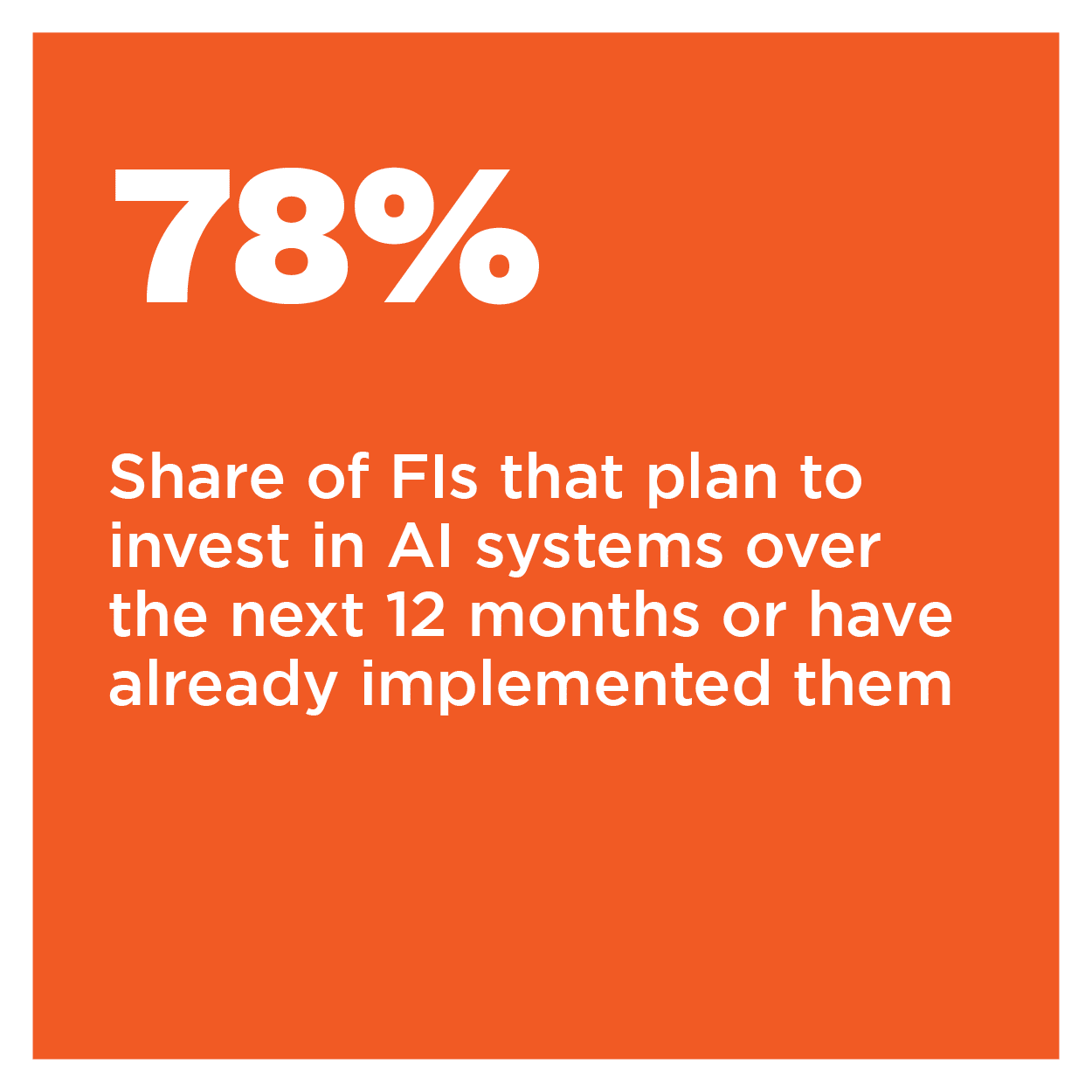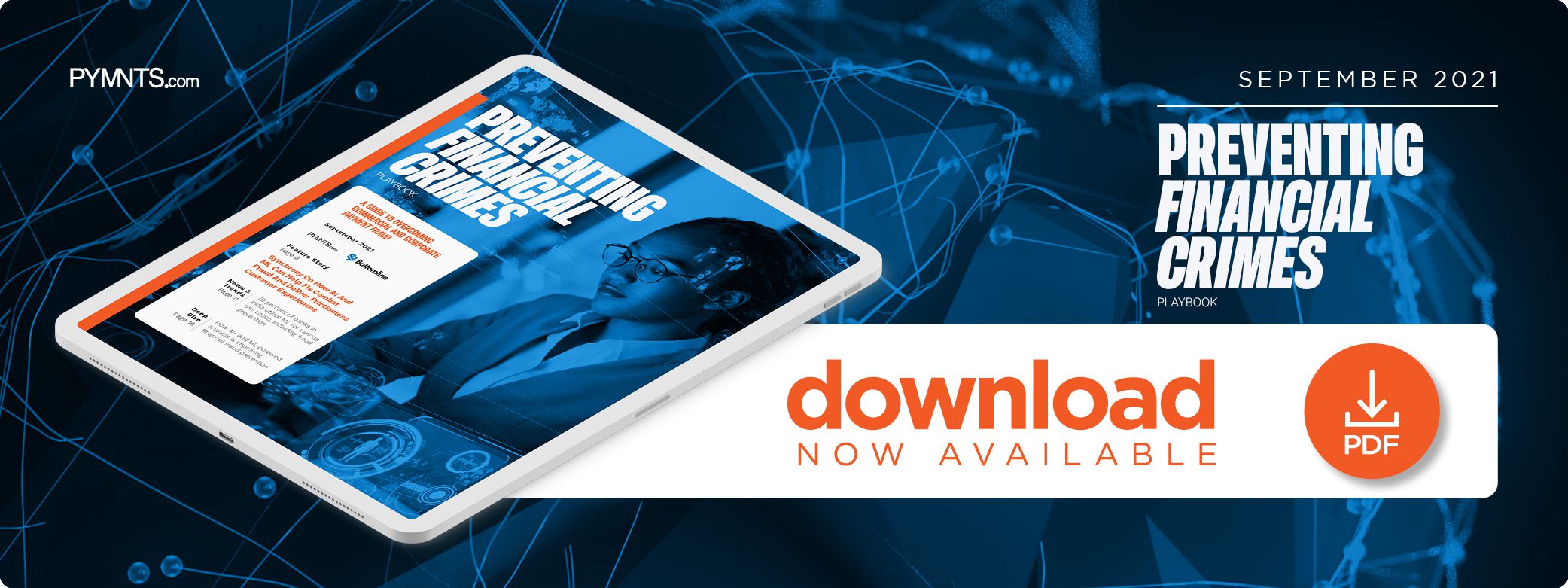AI/ML Lifts Synchrony Fraud Detection Accuracy to 90%

Financial crime risks have soared since the unprecedented shift to remote work, and the new fraud landscape has financial institutions (FIs) struggling to keep pace with prevention measures.
It has become increasingly apparent that FIs can no longer afford to use legacy rules-based algorithms and manual reviews to identify and monitor potential crimes. Instead, many are upping their multitiered strategies to include transaction monitoring, data analytics and advanced technologies such as artificial intelligence (AI) and machine learning (ML). Leveraging powerful tools such as these not only helps prevent fraud but reduces the potential for false positives that can strain customer relationships.
The September Preventing Financial Crimes Playbook: A Guide To Overcoming Commercial And Corporate Payment Fraud examines the rising importance of AI-based solutions to help manage fraud risks.
Around the Financial Fraud Space
Real-time networks are expected to handle more than 17% of global transactions by 2025, leading banks to focus on incorporating new technologies to secure these payments and underpin their anti-fraud measures. This is prompting increased interest in ML, as the technology can instantly parse data that accompanies real-time payments under the ISO 20022 messaging standard.
Research confirms the rising importance of AI solutions for anti-fraud and anti-money laundering (AML) compliance. A survey by the Association of Certified Anti-Money Laundering Specialists (ACAMS) found that 36% of its members had either already implemented AI-powered solutions or were in the process of doing so, while another 21% plan to launch them within the next 18 months. One-third of the latter group said they have sped up their plans in response to the pandemic.
A survey of IT and risk management professionals meanwhile showed 45% identified cyber risk monitoring as a key challenge, and 41% said the manual oversight necessary for cybersecurity and regulatory compliance was a difficulty. Just 17% were actively using integrated software platforms for risk and compliance, however.
To learn more about how advanced technologies help to fight fraud and other financial crimes, download the Playbook.
Synchrony on Powering Effective Fraud Fighting With AI and ML Systems
Online fraud and other financial crimes are reaching new heights, and FIs need exceptional fraud protection without derailing legitimate customers’ transactions with false positives and other hurdles that spoil their journeys.
In this month’s Feature Story, PYMNTS spoke with Bess Healy, senior vice president and chief information officer at Synchrony, about how deploying AI and ML has enabled the company to enhance customer experiences while achieving 90% accuracy in fraud detection.
Deep Dive: Improving Fraud Detection and Investigation With Advanced Technology Systems
The threat businesses face from financial crimes has never been greater, with the FBI receiving nearly 800,000 internet crime reports in 2020, a 69% increase over 2019 levels. This trend is predicted to worsen in the years ahead. Rules-based systems are not proving up to the task, and major financial players are more often turning to AI and ML strategies in the fight against fraud.
This month’s Deep Dive examines the importance of AI and ML technologies in fraud monitoring and prevention, including the benefits they offer over legacy methods. It also highlights the gap in these tools’ adoption between larger and smaller firms and the perceived obstacles that may be keeping more firms from jumping on board.
About the Tracker
The Preventing Financial Crimes Playbook, a PYMNTS and Bottomline collaboration, examines how corporate and commercial payment fraud is evolving, the most significant fraud risks faced by businesses and which technologies or solutions could be employed to best protect against fraud.



